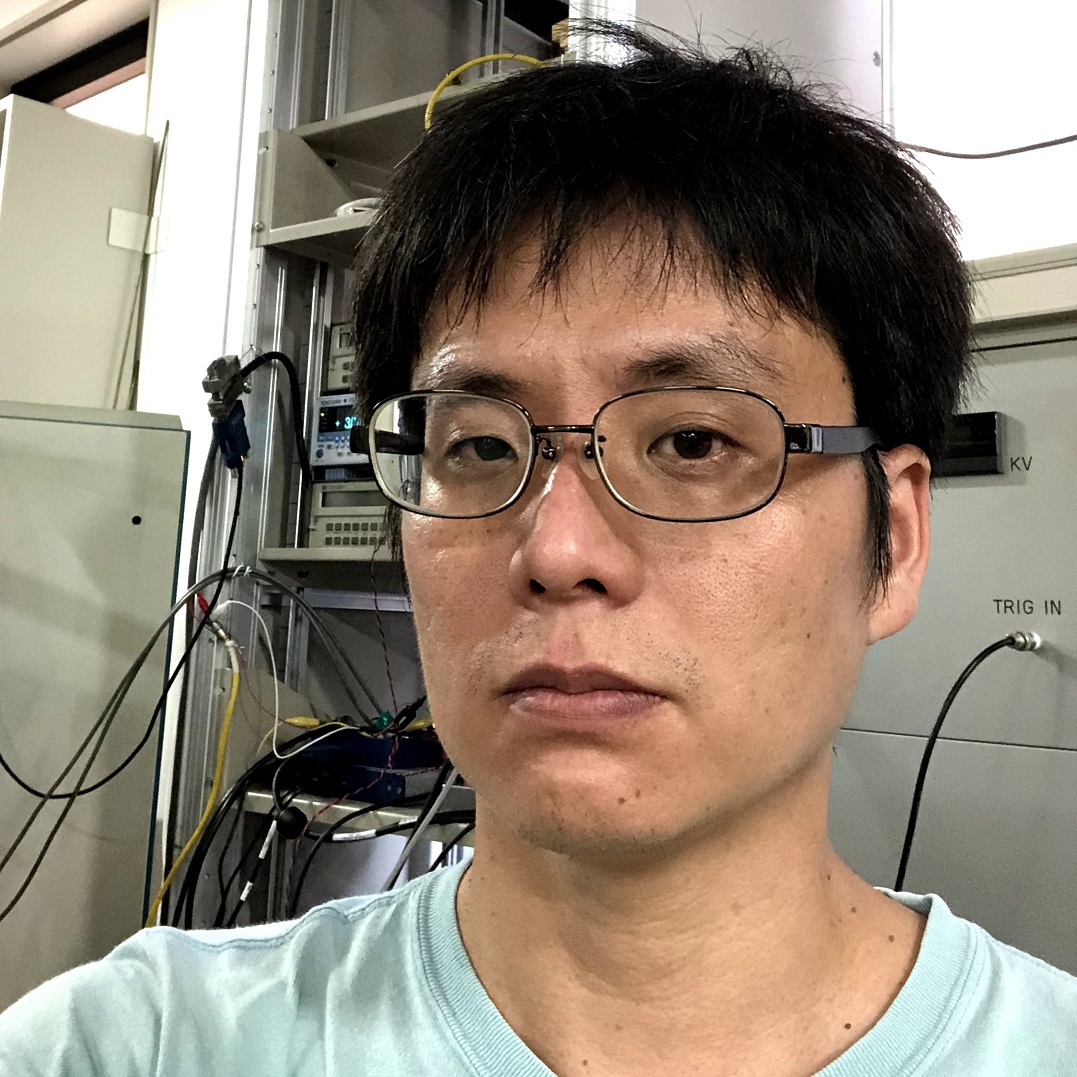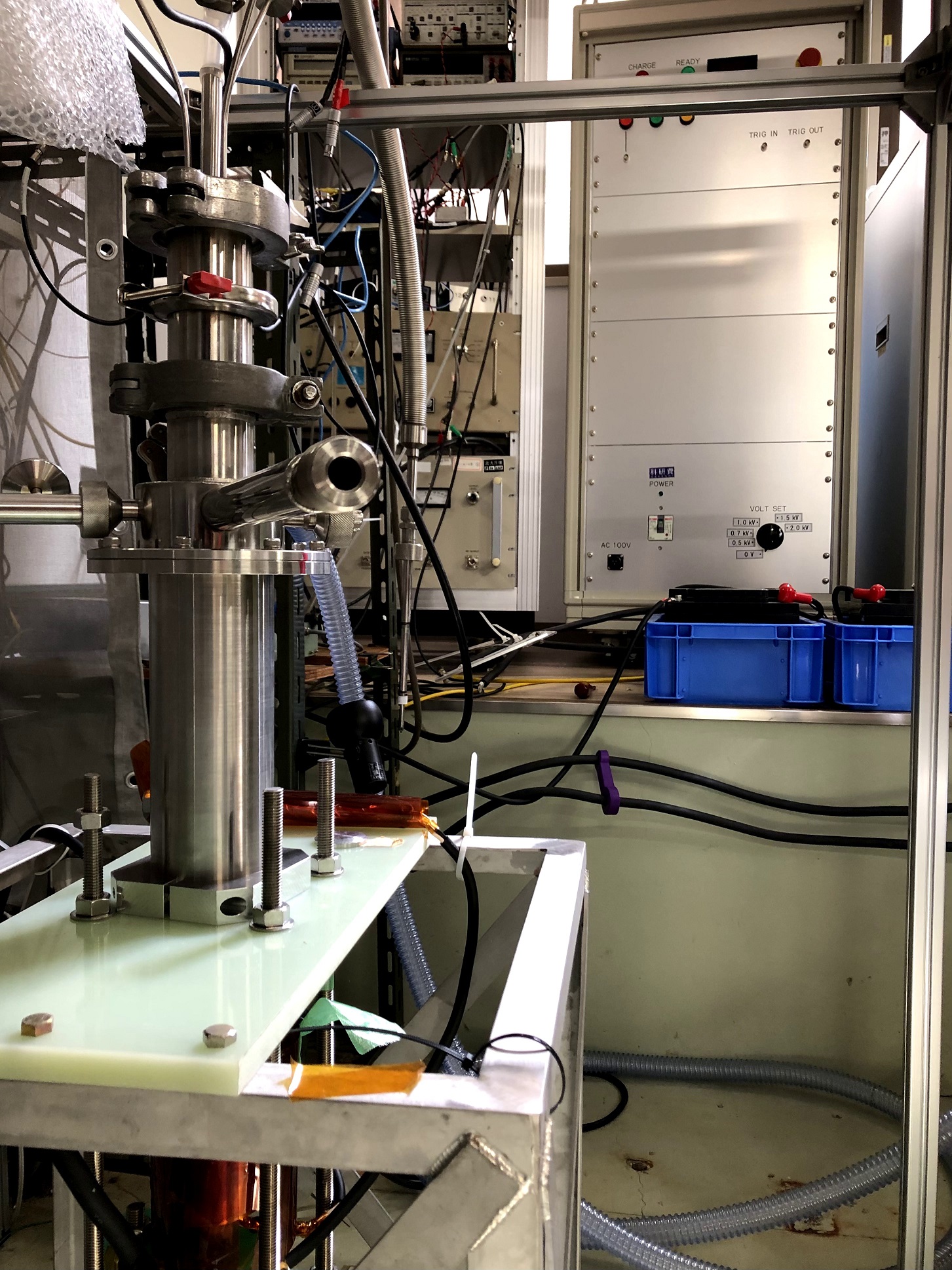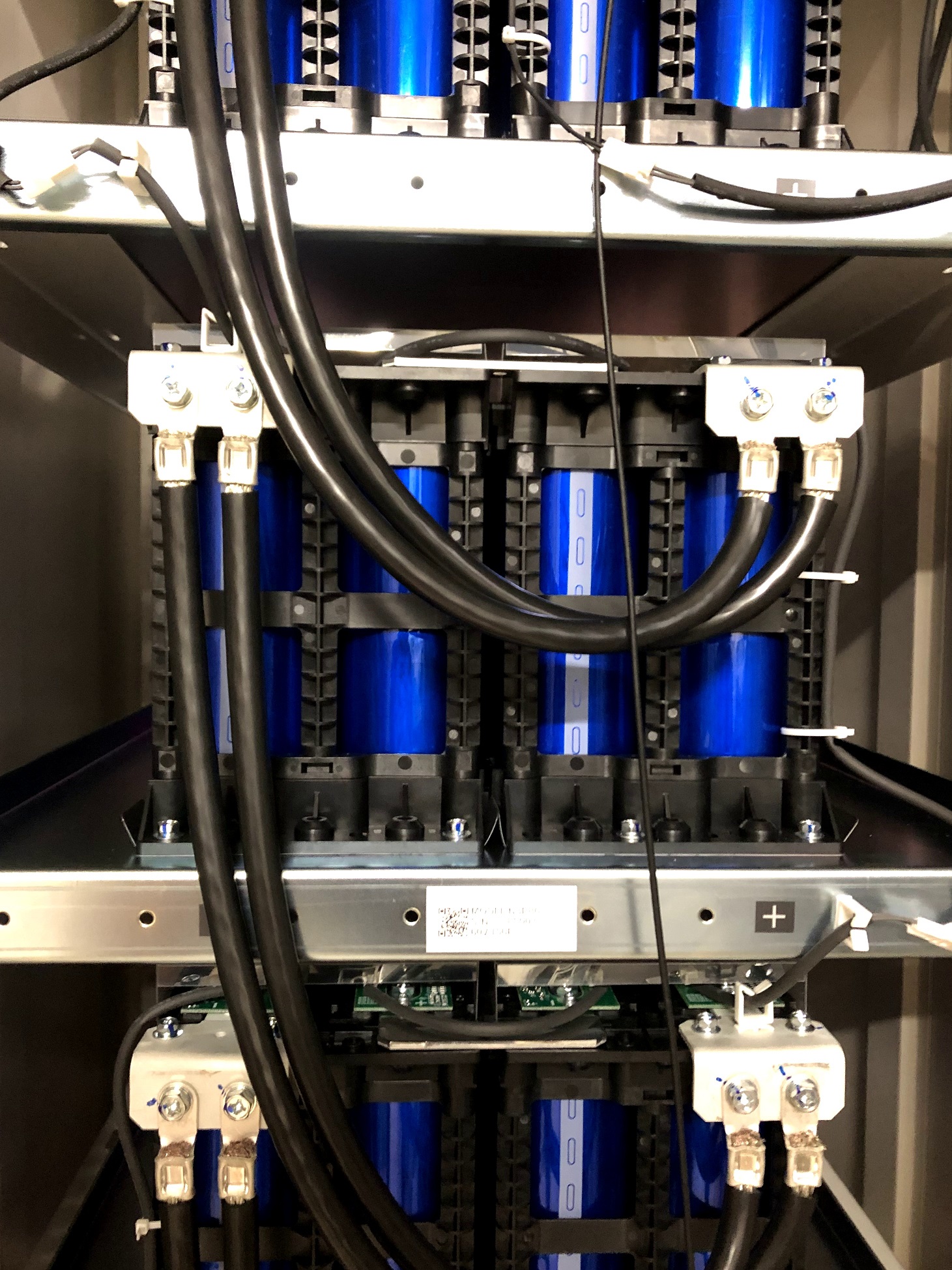IHARA Yoshihiko
Lecturer
Microscopic elucidation of electronic properties
Department of Physics, Electronic Condensed Matter Physics

Lecturer
Department of Physics, Electronic Condensed Matter Physics


When I was a graduate student, I found a novel magnetic phase transition in a material that should show superconductivity. This is a story about how I discovered it.
At that time, I devoted to performing the nuclear quadrupole resonance (NQR) measurement, which need to repeat infinitely the signal intensity measurement at various setting frequencies. It was very time consuming, but soon I became a “master”; I was able to get a rough idea of spectral shape in a minute just by looking at the oscilloscope with tuning the frequency continuously. Since this ability enabled me to measure many samples in a short time, I noticed that the sample immediately after the synthesis apparently shows different spectral shape. The subsequent detailed experiments revealed that this sample has a magnetically ordered ground state and is a key to understand the mechanism of superconductivity that appears near magnetism. The thrill of such discovery motivates me to keep going both now and in the future.

Our current interest is mainly dedicated to the observation of novel electronic state in extreme magnetic fields by the state-of-the-art technology. Electrons condensed in materials show various properties and functionalities depending on temperatures as well as on external magnetic fields. To introduce a drastic effect on electronic state, we need to generate gigantic magnetic fields, which is often greater than the limitation of superconducting-magnet technology. Such an extreme condition is achieved by the pulsed-field technology, with which high magnetic fields can be generated within a short time duration (typically 3/100 sec.). The challenge is to make a sophisticated measurement of electronic state within a short field-pulse period. We are to develop our own apparatus with all the modern technology and open a way to access novel electronic states, which may have useful functionalities applicable to our life, such as energy harvesting and quantum computation technologies.



My working day starts with taking our kids to the kindergarten/nursery. With our two kids, a path to the kindergarten is never boring. In just a 30-minute walk, we encounter many incidents, like finding strange-colored mushrooms, lots of ants eating an unknown insect, and a mineral of some kind, possibly a quantum spin-liquid candidate. Seeing the world from children’s point of view is always fresh and exciting. I enjoy this little exercise in the morning every day.